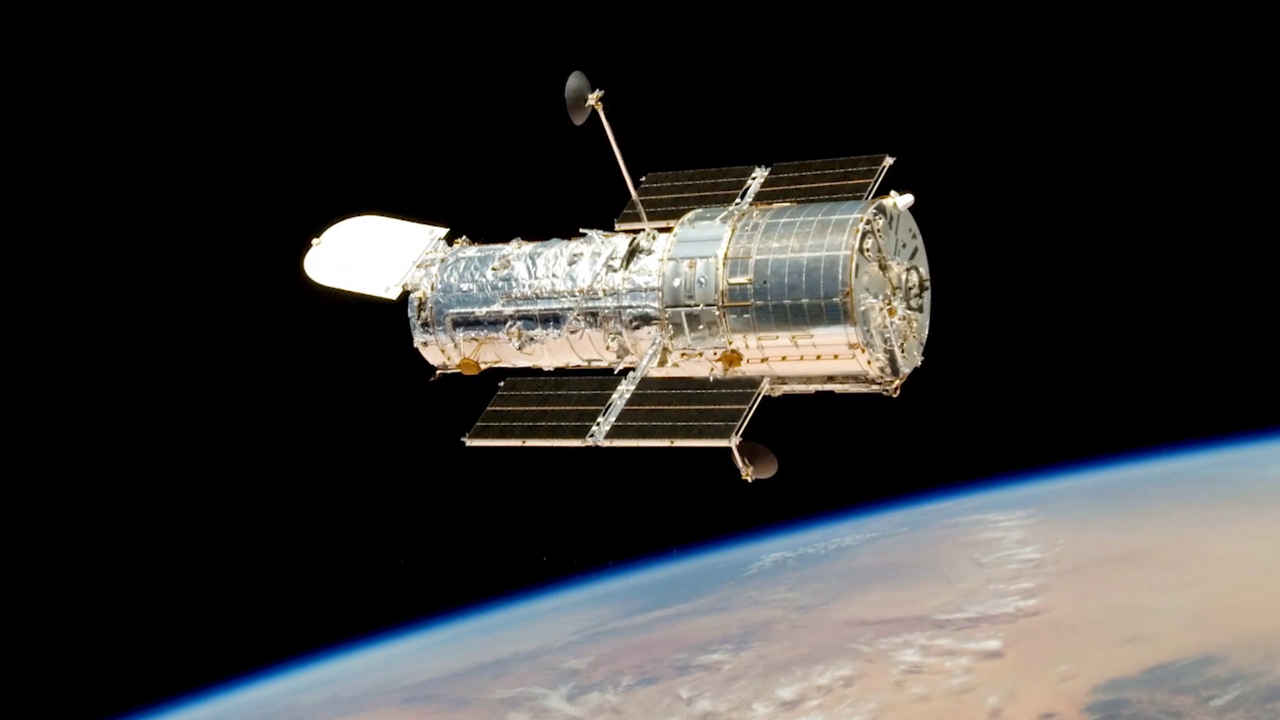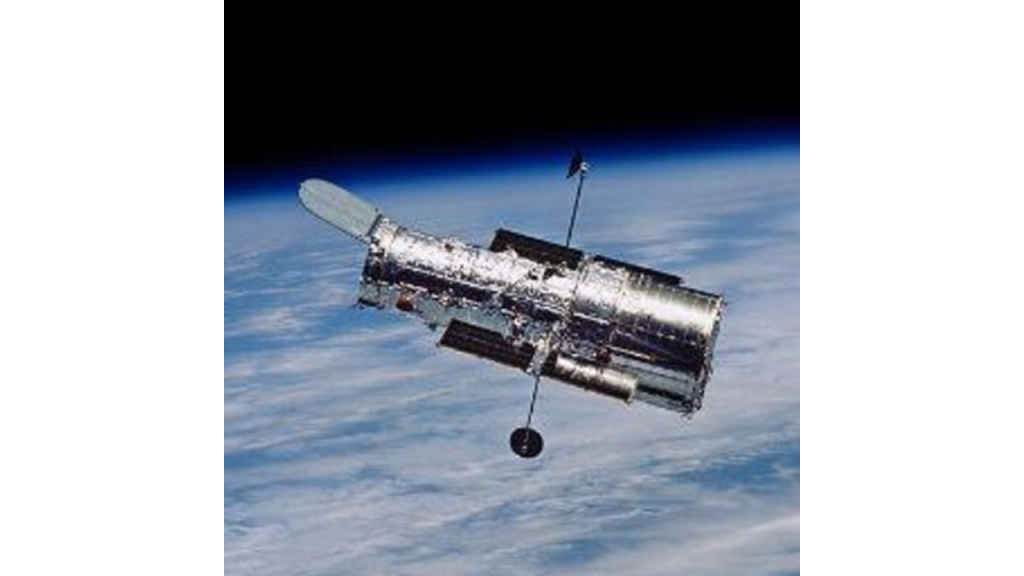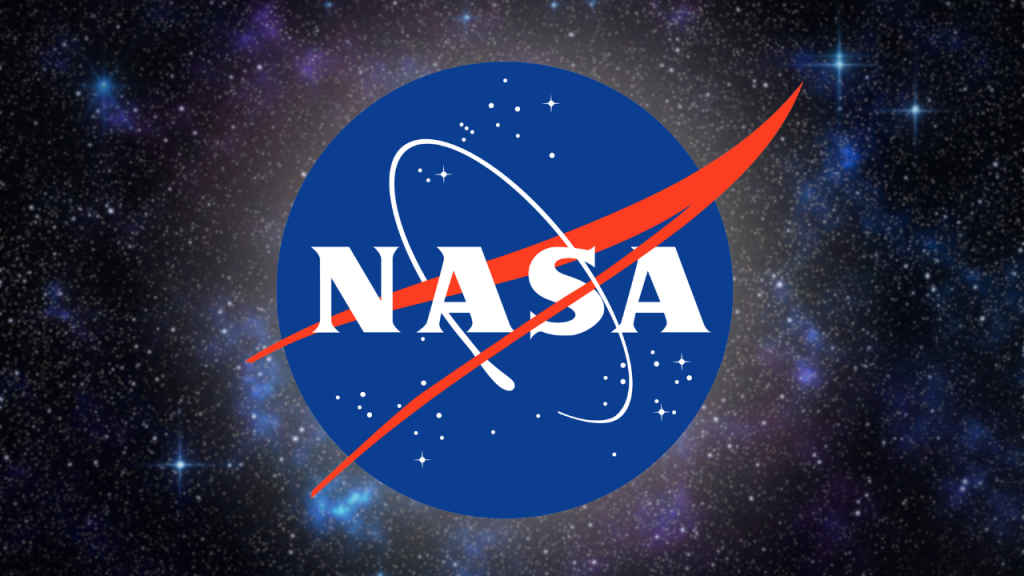Hubble Space Telescope: What is it and How Does it Work?
Hubble Space Telescope is a space telescope launched into low Earth orbit in 1990.
Named after the astronomer Edwin Hubble, it is one of NASA's Great Observatories.
Hubble has made over 1.6 million observations over the course of its lifetime.

Launched into low Earth orbit in 1990, the Hubble Space Telescope (HST) has revolutionised the understanding of the universe. As one of the most significant scientific instruments ever built, Hubble has provided unprecedented insights into the cosmos, capturing stunning images of distant galaxies, nebulae, and other celestial phenomena.
 Survey
SurveyThis article explores what the Hubble Space Telescope is and how it works, and the monumental impact it has on the understanding of the universe.
Also read: Purple Rain: NASA releases video of auroras across Mars’ nightside

Hubble Space Telescope: All you need to know
The Hubble Space Telescope (HST or Hubble) is a space telescope launched into low Earth orbit in 1990 and still operational today. Although not the first space telescope, it is one of the largest and most versatile, celebrated for its significant contributions to research and its role in popularising astronomy. Named after the astronomer Edwin Hubble, it is one of NASA’s Great Observatories.
According to NASA, the Hubble Space Telescope is a “large, space-based observatory that has changed our understanding of the cosmos since its launch.”
Also read: Asteroid 2024 KY1 to Make Close Approach to Earth tomorrow: All you need to know

Hubble’s capabilities have expanded significantly over its more than 30 years of operation. This progress is due to the addition of new, cutting-edge scientific instruments during five astronaut servicing missions. By replacing and upgrading aging components, these missions have substantially extended the telescope’s lifespan.
Telescopes can detect specific ranges of light, and Hubble’s domain extends from the ultraviolet through the visible spectrum (which our eyes can see) and into the near-infrared. This range has enabled Hubble to capture stunning images of stars, galaxies, and other astronomical objects, inspiring people worldwide.
Hubble has made over 1.6 million observations over the course of its lifetime, leading to over 21,000 peer-reviewed science papers. It has tracked interstellar objects, watched a comet collide with Jupiter, discovered moons around Pluto, and found potential planetary systems in the Milky Way.
“Hubble has peered back into our universe’s distant past, to locations more than 13.4 billion light-years from Earth, capturing galaxies merging, probing the supermassive black holes that lurk in their depths, and helping us better understand the history of the expanding universe,” NASA explains.
Hubble is 43.5 feet long and weighed about 24,000 pounds (10,800 kg) at launch. It features six gyroscopes, five sun sensors, two magnetometers, three fixed-head star trackers and three fine guidance sensors. Moreover, it has two 8 x 24.75-foot (2.44 x 7.54-meter) gallium-arsenide solar panels.
Ayushi Jain
Ayushi works as Chief Copy Editor at Digit, covering everything from breaking tech news to in-depth smartphone reviews. Prior to Digit, she was part of the editorial team at IANS. View Full Profile